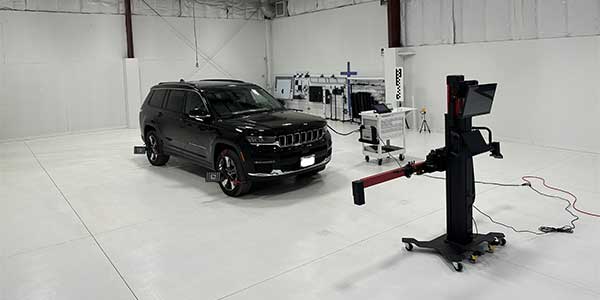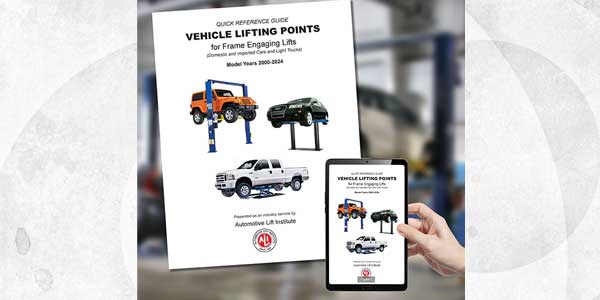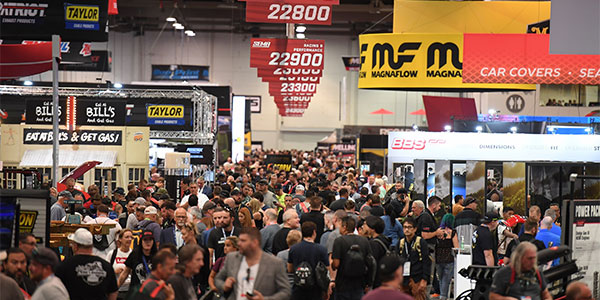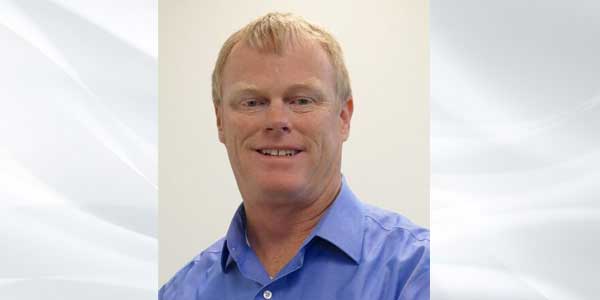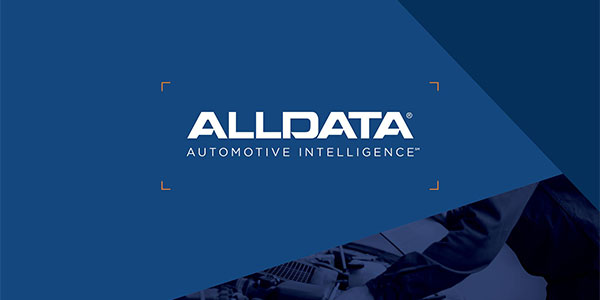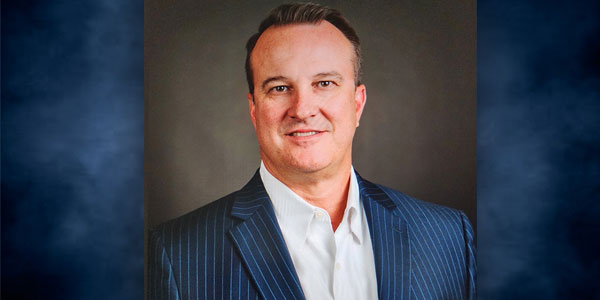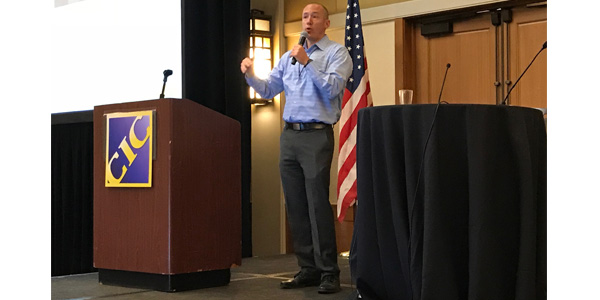
When OSHA cites a collision repair facility for violating its safety and health standards, the culprit often is respiratory protection or hazard communication.
From October 2016 through September 2017 (the most recent data available), respiratory protection was the most frequently cited standard for body shops, followed by hazard communication.
OSHA’s respiratory protection standard requires employers to implement a written respiratory protection program that includes employee training and fit testing. The standard also requires employers to provide a medical evaluation to determine the worker’s ability to use a respirator.
Here are the top five most frequently cited OSHA standards for collision repair facilities during that time period, along with the number of citations and fines issued for those violations.
- Respiratory protection (1910.134) – 166 citations, $103,830 in fines
- Hazard communication (1910.1200) – 79 citations, $54,046 in fines
- Spray finishing using flammable and combustible materials (1910.107) – 24 citations, $48,806 in fines
- Powered industrial trucks (1910.178) – 10 citations, $17,427 in fines
- Flammable and combustible liquids (1910.106) – 10 citations, $12,011 in fines
Collision repairers can view the full list on OSHA’s website, which enables visitors to search frequently cited OSHA standards by NAICS (North American Industrial Classification System) codes. The NAICS code for Automotive Body, Paint and Interior Repair and Maintenance is 81121.
“Our website is massive, and there’s all kinds of data that can really help you,” OSHA compliance assistance specialist John Olaechea said during an April 12 presentation at the Collision Industry Conference in Westminster, Colo.
For example, shops can use the data to make sure that they’re complying with the standards that OSHA frequently cites at auto body shops, Olaechea noted.
To give collision repairers a better sense of what OSHA might look for during an inspection, Olaechea talked about some of the more common hazards and issues found in automotive repair and maintenance facilities. They are:
- Chemical usage/hazard communication
- Isocyanates
- Respiratory protection
- Hydrogen fluoride/hydrofluoric acid
- Personal protective equipment (PPE)
- Methylene chloride
- Noise
- Paint/solvent storage (ventilation)
- Paint booths
- Silica and asbestos
Chemicals in the Body Shop
Exposure to chemicals in paints, solvents, cleaners and other materials is one of the most common health hazards in automotive repair shops.
Many automotive clearcoats contain isocyanates, which include compounds that are classified as potential human carcinogens, according to OSHA. Some body fillers and seam sealers also contain isocyanates, according to Toby Chess, co-chair of the Society of Collision Repair Specialists (SCRS) Education Committee.
Exposure to isocyanates can cause occupational asthma and other lung problems, as well as irritation of the eyes, nose, throat and skin.
During an April 10 SCRS presentation in Westminster, Colo., Chess explained that workers need to wear protective gloves, goggles, respirators and long sleeves to minimize their exposure to isocyanates.
Exposure to hydrofluoric acid, an ingredient in some wheel cleaners, can be a dangerous situation in shops that provide detailing services, Olaechea noted.
“You can get a little drop on you and it will keep burning through the skin and get down to the bone,” Olaechea said. “ … It’s insidious because a lot of times you don’t even realize it’s happening. It’s not that painful until your finger is gone.”
Methylene chloride, a solvent found in some paint-stripping and cleaning products, is another chemical that Olaechea has seen “in a fair amount of shops.” OSHA considers methylene chloride to be a potential occupational carcinogen, and points out that exposure can increase workers’ risk “of developing cancer, adverse effects on the heart, central nervous system and liver, and skin or eye irritation.”
“If you’re using [methylene chloride], there’s a lot that you have to do as an employer to make sure your employees are safe,” Olaechea said. For example, OSHA requires employers to conduct air sampling to ensure that they’re under the permissible exposure limits for the chemical. “Most people just remove the product because it’s easier.”
Asbestos isn’t an issue for most body shops, Olaechea said. However, technicians in automotive repair shops could be exposed to asbestos if they’re doing brake work on older vehicles.
Exposure to crystalline silica – dust particles that are at least 100 times smaller than ordinary sand – is a potential hazard in shops that perform sandblasting, according to OSHA. The tiny particles can travel deep into workers’ lungs and cause silicosis, an incurable and sometimes deadly lung disease. Respirable crystalline silica also can cause lung cancer, chronic obstructive pulmonary disease and kidney disease.
A new OSHA standard on respirable crystalline silica takes effect in June for general-industry and maritime employers. The standard requires employers to protect workers from silica exposure by providing respirators, safety training and medical exams and implementing dust-control methods and other measures.
One final word on chemicals: OSHA’s hazard communication standard requires employers to provide information on the chemicals used in the workplace – by labeling chemicals and maintaining updated safety data sheets – and to train workers on how to handle the chemicals properly. If your shop needs help, Olaechea recommended this OSHA resource for developing a hazard communication program.
Noise in the Shop
A busy body shop is a noisy body shop. While that might be a good thing for business, it can put workers at risk of hearing damage if noise levels are consistently above OSHA’s thresholds.
If workers are exposed to noise levels above 85 decibels as an eight-hour time-weighted average, employers are required to implement “a continuing, effective hearing conservation program,” according to OSHA.
During his SCRS presentation, Chess noted that decibel readings from the use of a door-skin hammer can be as high as 135 decibels. The decibel level of a commercial jet taking off is 120 decibels.
“If you have to yell to be heard in the shop for most of the day, you probably have an issue with noise,” Olaechea added.
Other Safety and Health Issues
When he was an OSHA compliance officer, Olaechea said it was common in body shops to see homemade staircases such as the one in this picture.
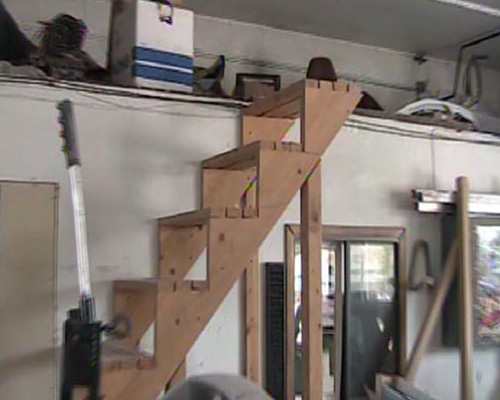
“There’s no railing, and it looks like about 2 feet for each step,” Olaechea said. “If you want to get in some lunges, that’s going to work out really well for you. But if you want to be safe, it’s not such a good idea.”
Pointing to the storage area above the staircase, Olaechea said employers “need to know the floor-rating capacity before you start stacking stuff on there.” OSHA’s walking-working surfaces standard puts it this way: “The employer must ensure that each walking-working surface can support the maximum intended load for that surface.”
“Once you start putting a couple things up there, employees tend to just keep loading stuff on there and it could present a problem,” Olaechea added.
More Resources
- OSHA Autobody Repair and Refinishing page
- OSHA Respiratory Protection standard
- OSHA Hazard Communication standard


